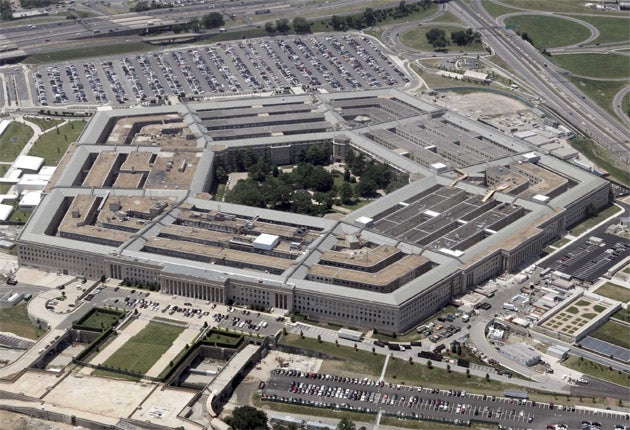'Terrorist Facebook' – the new weapon against al-Qa'ida
Social networking is not just for the MySpace generation. Intelligence agencies are adopting a controversial new technique to identify terrorist masterminds

Your support helps us to tell the story
From reproductive rights to climate change to Big Tech, The Independent is on the ground when the story is developing. Whether it's investigating the financials of Elon Musk's pro-Trump PAC or producing our latest documentary, 'The A Word', which shines a light on the American women fighting for reproductive rights, we know how important it is to parse out the facts from the messaging.
At such a critical moment in US history, we need reporters on the ground. Your donation allows us to keep sending journalists to speak to both sides of the story.
The Independent is trusted by Americans across the entire political spectrum. And unlike many other quality news outlets, we choose not to lock Americans out of our reporting and analysis with paywalls. We believe quality journalism should be available to everyone, paid for by those who can afford it.
Your support makes all the difference.Intelligence agencies are building up a Facebook-style databank of international terrorists in order to sift through it with complex computer programs aimed at identifying key figures and predicting terrorist attacks before they happen.
By analysing the social networks that exist between known terrorists, suspects and even innocent bystanders arrested for being in the wrong place at the wrong time, military intelligence chiefs hope to open a new front in their "war on terror".
The idea is to amass huge quantities of intelligence data on people – no matter how obscure or irrelevant – and feed it into computers that are programmed to make associations and connections that would otherwise be missed by human agents, scientists said.
The doctrine is already being actively pursued in Iraq and Afghanistan where thousands of people have been arrested and interrogated for information that could be fed into vast computerised databanks for analysis by social network programs.
In addition to information gleaned from interviews with suspects captured in the field, intelligence agencies are also mining the vast amounts of telecommunications data collected from emails and telephone calls with the same surveillance technology. In the US alone, hundreds of millions of dollars are being spent on developing the data-mining techniques.
Join our commenting forum
Join thought-provoking conversations, follow other Independent readers and see their replies
Comments